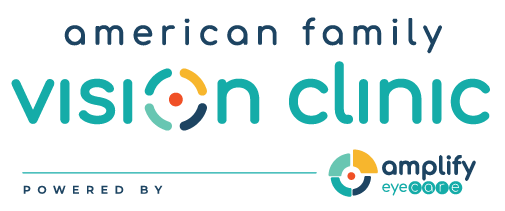Purpose
In a prospective observational study, we previously reported that weaning (tapering or gradually reducing) treatment in children treated with 6 to 8 hours of daily patching for amblyopia resulted in a 4-fold reduction in odds of recurrence. We now report the association of additional factors with recurrence or regression of amblyopia in 30 this same cohort.
Design
Prospective, nonrandomized, observational study.
Participants
69 children aged less than 8 years, with successfully treated anisometropic or strabismic amblyopia (improved at least 3 logarithm of the minimum angle of resolution (logMAR) lines).
Methods
Patients were enrolled at the time they stopped patching for amblyopia. Patients were classified according to whether patching was stopped abruptly or weaned prior to cessation. They were followed off treatment for 52 weeks to assess recurrence of amblyopia.
Main outcome measure
Recurrence of amblyopia defined as a 2 or more logMAR level reduction of visual acuity from enrollment (cessation of patching), confirmed by a second examination. Recurrence was also considered to have occurred if treatment was restarted with a 2 or more logMAR level reduction of visual acuity even if it was not confirmed by a second examination.





